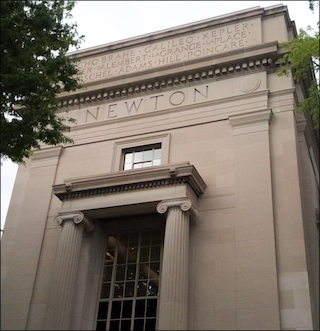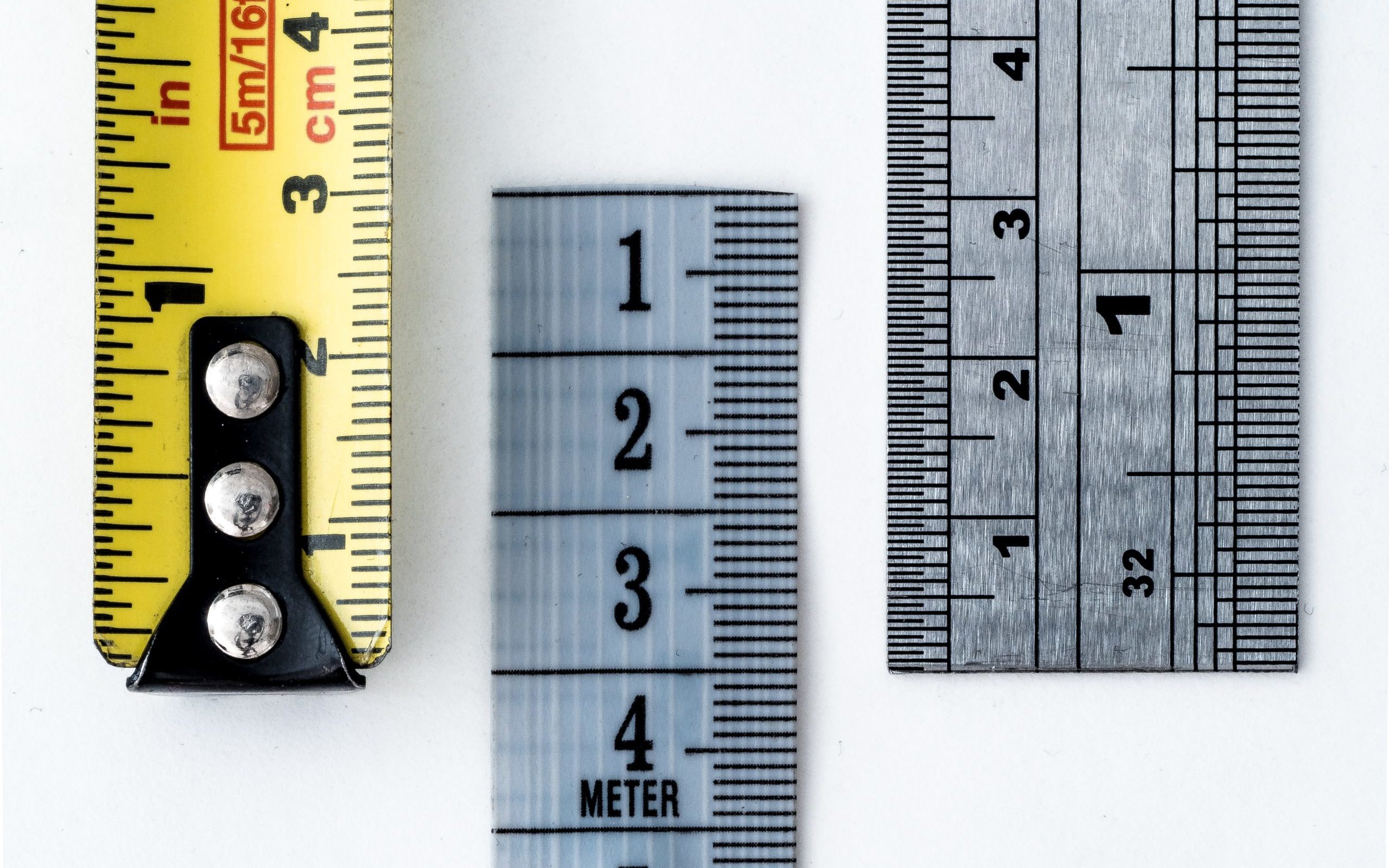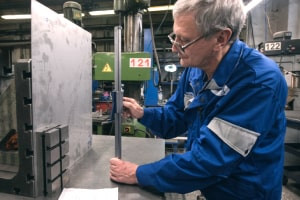الميكانيكا الكلاسيكية

MIT OCW Review
الموقع
Online(رابط الدورة)
التاريخ
عند الطلب
أقسام الدورات
الرياضيات والعلوم و الهندسة
الشهادة
No
اللغة
الإنجليزية
رسوم الدورة
مجانيةعدد الحضور
غير محدود
المهارات المكتسبة
- Kinematics,Newton's Laws Circular Motion,Circular Motion Momentum and Impulse,Momentum and Impulse Collision Theory,Continuous Mass Transfer Torque,Potential Energy and Energy Conservation,Collision Theory,Rotations and Translation - Rolling,Angular Momentum
| اسم مقدم الدورة | MIT OCW |
|---|---|
| مجالات التدريب |
|
| موقعك الإلكتروني (URL) | https://ocw.mit.edu/ |
| حول المزود |
Massachusetts
Institute of Technology (MIT) is a private research university in Cambridge, Massachusetts. The Institute is
a land-grant, sea-grant, and space-grant university,
with an urban campus that
extends more than a mile (1.6 km) alongside the Charles River.
The Institute also encompasses a number of major off-campus facilities such as
the MIT Lincoln Laboratory, the Bates Center,
and the Haystack Observatory, as well as
affiliated laboratories such as the Broad and Whitehead Institutes. Founded in 1861 in
response to the increasing industrialization
of the United States, MIT adopted a European polytechnic university model and
stressed laboratory instruction in applied science and engineering.
It has since played a key role in the development of many aspects of modern
science, engineering, mathematics, and technology, and is widely known for
its innovation and
academic strength, making it one of the most prestigious institutions of higher
learning in the world. MIT
OpenCourseWare MIT
OpenCourseWare (OCW) is a web-based publication of virtually all MIT course
content. OCW is open and available to the world and is a permanent MIT
activity. Through OCW,
educators improve courses and curricula, making their schools more effective;
students find additional resources to help them succeed; and independent
learners enrich their lives and use the content to tackle some of our world’s
most difficult challenges, including sustainable development, climate change,
and cancer eradication.
|
This first
course in the physics curriculum introduces classical mechanics. Historically,
a set of core concepts—space, time, mass, force, momentum, torque, and angular
momentum—were introduced in classical mechanics in order to solve the most
famous physics problem, the motion of the planets.
The principles of mechanics successfully described many other
phenomena encountered in the world. Conservation laws involving energy,
momentum and angular momentum provided a second parallel approach to solving
many of the same problems. In this course, we will investigate both approaches:
Force and conservation laws.
The course goal
is to develop a conceptual understanding of the core concepts, a familiarity
with the experimental verification of our theoretical laws, and an ability to
apply the theoretical framework to describe and predict the motions of bodies.







